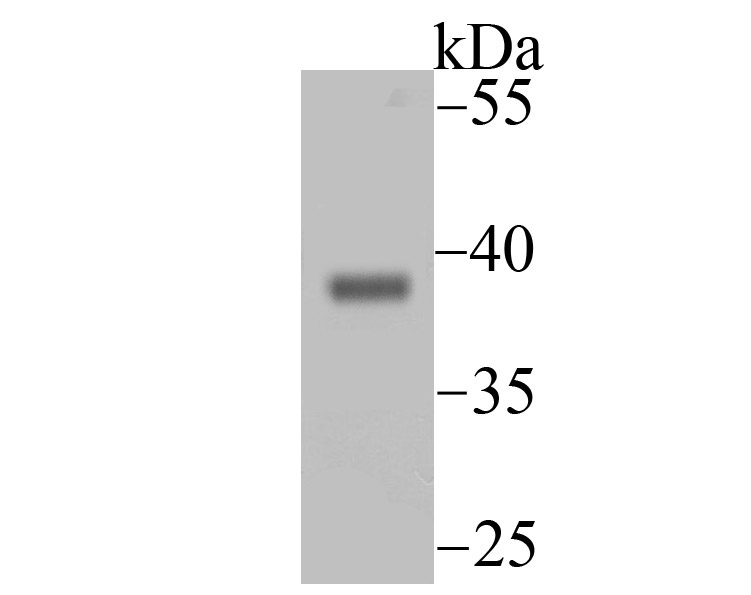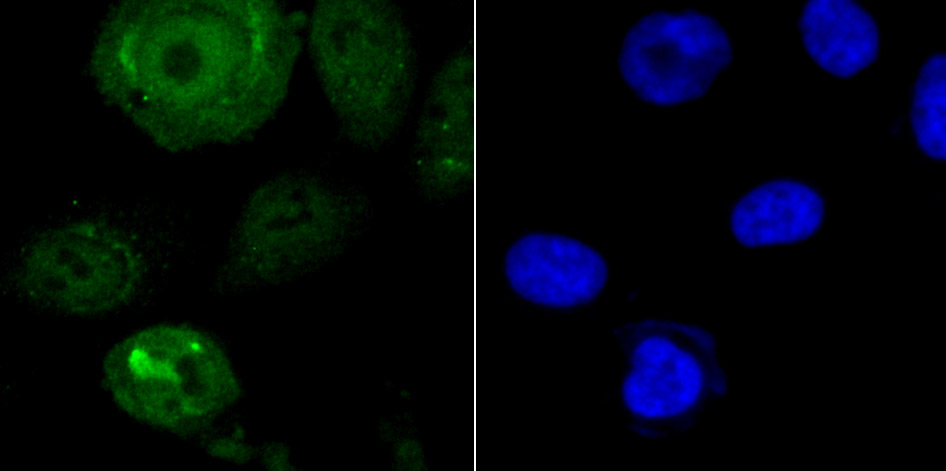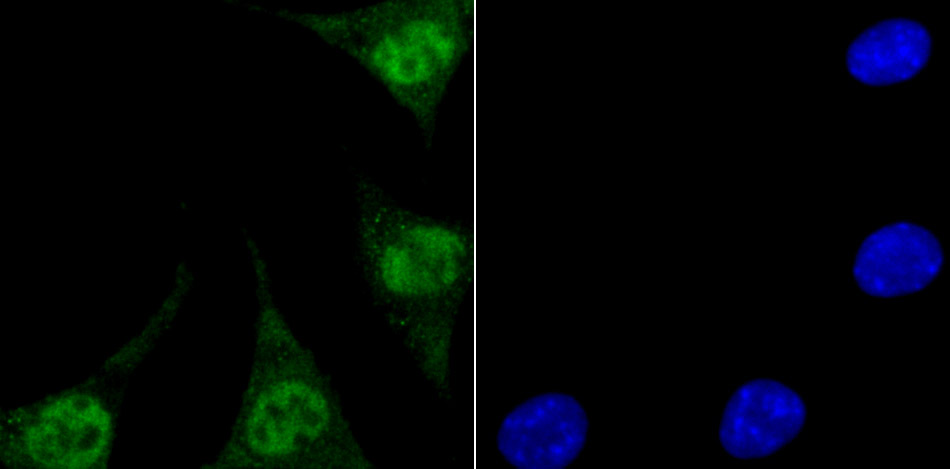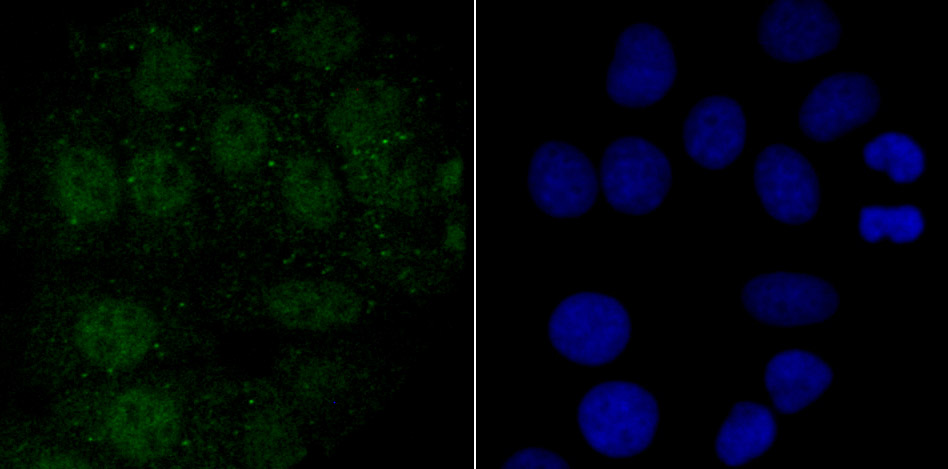Endonuclease G (ENDOG), a nuclear encoded protein, localizes to the mitochondria. This sugar-nonspecific nuclease, responsible for major mitochondrial nuclease activity, preferentially cleaves single-stranded DNA(ssDNA). Synthesized as a propeptide with an amino-terminal presequence that targets the nuclease to mitochondria, ENDOG translocates to neuclei on apoptotic stimulation and act as a nuclease without sequence specificity. Both exonucleases and DNase I stimulate the ability of ENDOG to generate double-stranded DNA cleavage products at physiological ionic strengths, suggesting that these activities work in concert with ENDOG in apoptotic cells to ensure efficient DNA breakdown. In addition to deoxyribonuclease activities, ENDOG also has ribonuclease (RNase) and RNase H activities. ENDOG is capable of generating the RNA primers required by DNA polymerase gamma to initiate replication of mitochondrial DNA. ENDOG exists in the mitochondrial intermembrane space, but not in the matrix where mtDNA replication occurs. This enzyme provides an important nicking function for mitochondrial DNA specifically cleaving DNA at GC tracts. Human ENDOG maps to chromosome 9q34.11.




